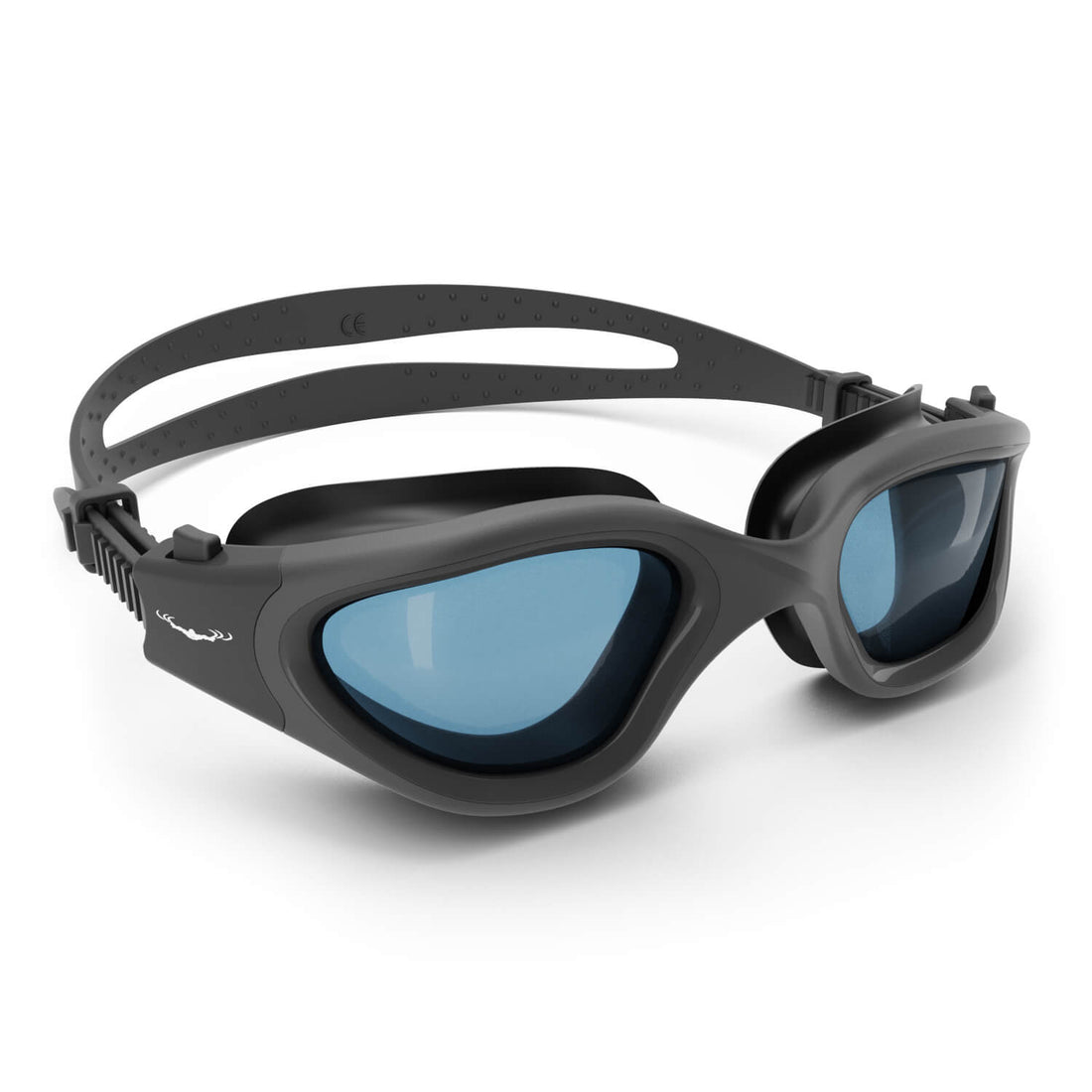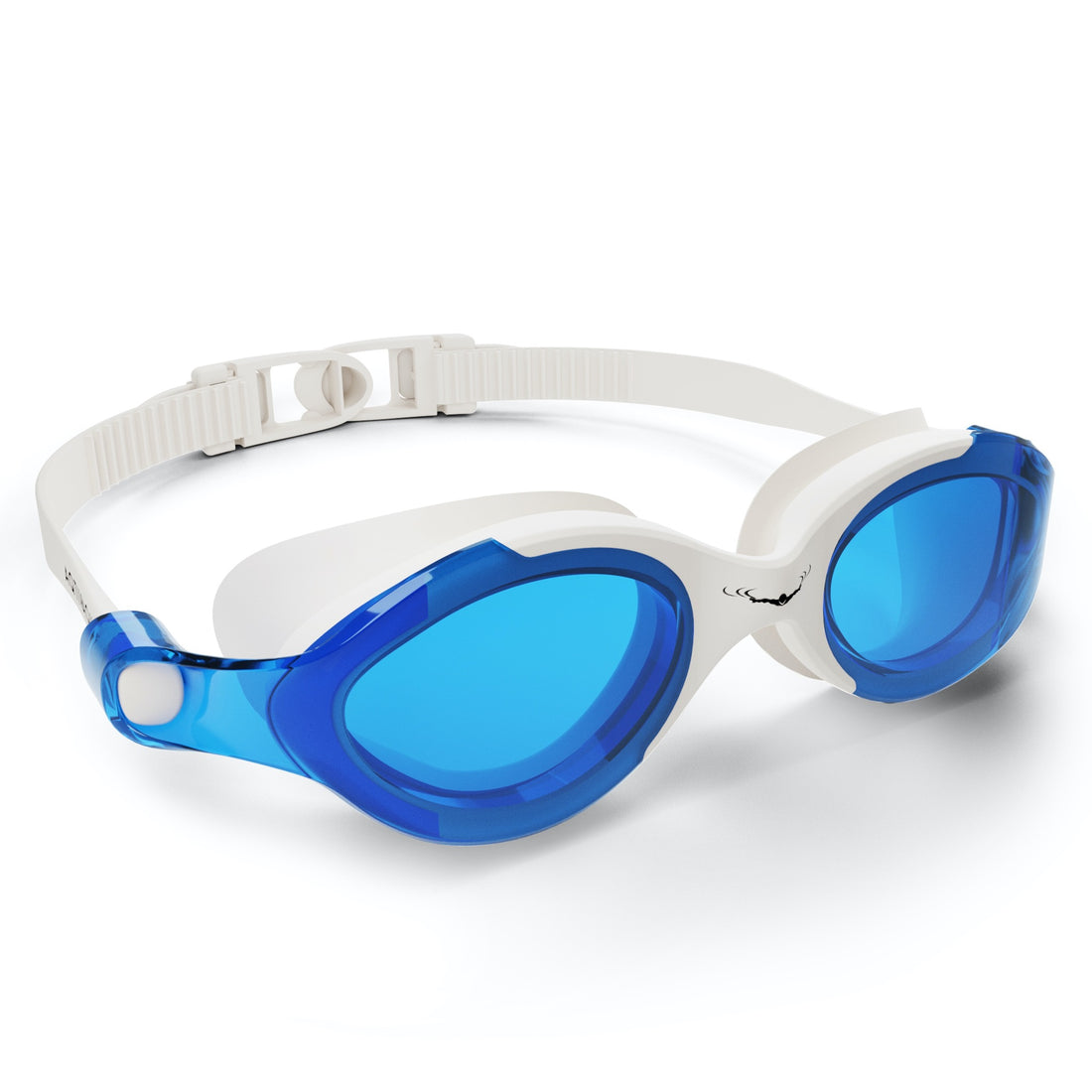In the world of rehabilitation, one activity stands out for its effectiveness and versatility: swimming. Athletes and individuals recovering from injuries have discovered that swimming not only helps in maintaining fitness but also plays a critical role in the recovery process. The buoyancy of water alleviates the impact on joints, making swimming a perfect exercise for rehabilitation. In this article, we'll explore how swimming can aid in injury recovery, the benefits it provides, and some essential accessories like impact resistant swim goggles, swim caps, and swim ear bands that can enhance your swimming experience.
The Benefits of Swimming in Injury Recovery
Swimming provides numerous benefits that make it an ideal activity for those looking to recover from injuries. Here are some of the most important benefits:
1. Low-Impact Exercise
One of the primary advantages of swimming is that it is a low-impact exercise. Unlike running or weightlifting, swimming places minimal stress on joints and muscles. This characteristic is crucial for individuals recovering from injuries, as it allows them to maintain a level of fitness without risking further damage. The buoyancy of water supports the body, creating a natural cushioning effect.
2. Full-Body Workout
Swimming engages almost every muscle group in the body, making it an excellent full-body workout. It improves cardiovascular endurance, strength, and flexibility—all essential components of injury recovery. By varying strokes and incorporating different swimming techniques, individuals can target specific areas that need rehabilitation, allowing them to customize their workouts according to their recovery needs.
3. Enhanced Blood Circulation
Water exercises can significantly enhance blood circulation. Improved blood flow aids in delivering necessary nutrients to damaged tissues and hastens the healing process. Many healthcare professionals recommend swimming as a primary exercise modality for recovery due to its ability to promote circulation without excessive strain.
4. Mental Well-being
In addition to the physical benefits, swimming provides mental relaxation. The soothing nature of water can boost mood and reduce stress, which are essential components of the recovery process. Swimming fosters a sense of tranquility and mindfulness that can help individuals focus on their healing journey.
Choosing the Right Gear for Swimming Recovery
To maximize the benefits of swimming during injury recovery, selecting the appropriate gear is essential. Here are some accessories that can enhance your swimming experience:
Impact Resistant Swim Goggles
When swimming, having the right visibility can make all the difference. Impact resistant swim goggles not only protect your eyes but also provide a comfortable fit that prevents leaks. Look for models with anti-fog features to ensure clear vision throughout your swim sessions. Proper visibility will allow you to focus on your technique and relaxation, ultimately aiding your recovery.
Swim Caps
Swim caps serve multiple purposes, including keeping hair out of your face and reducing drag while swimming. They also help maintain body temperature during your swim. A snug swim cap can help focus on your strokes without distractions, contributing positively to your workout experience.
Swimming Goggles
Swimming goggles are a crucial piece of equipment for any swimmer, especially those recovering from an injury. A good pair of swimming goggles provides comfort and prevents irritation from chlorine and saltwater. Opt for a pair that fits snugly but does not cause pinching or discomfort. This will allow you to concentrate on your strokes as you swim toward recovery.
Swim Ear Bands
For those prone to ear infections, swim ear bands can be beneficial during water activities. These bands help keep water out of your ears while you swim, preventing potential complications that could hinder your recovery progress.
Incorporating Swimming into Your Recovery Program
As you consider incorporating swimming into your recovery regimen, it’s essential to start gradually. Here's how to get started:
1. Consult a Professional
Before beginning any new exercise, consult with a healthcare provider or physical therapist. They can help you outline a personalized swimming plan suited to your injury and recovery goals.
2. Start Slow
Initially, keep your swim sessions short and manageable. Gradually increase the duration and intensity as your body adapts to the exercise. This progressive approach will give your muscles and joints time to strengthen and recover without the risk of overexertion.
3. Focus on Technique
Paying attention to technique is crucial in swimming, as improper form can lead to additional injuries. Consider working with a swimming coach or taking lessons to ensure you are using correct form and maximizing the benefits of your swim. Make adjustments based on your recovery stage to ensure that you are not straining any compromised areas.
4. Incorporate Different Strokes
Different swimming strokes target different muscle groups. Freestyle may engage your shoulders and core, while breaststroke works on the legs and hips. Mix various strokes into your workouts to provide a balanced recovery routine and stimulate muscle recovery in different areas.
Common Swimming Injuries and Precautions
While swimming is generally safe, it is essential to be aware of common injuries associated with swimming and take the necessary precautions to avoid them:
1. Shoulder Injuries
Shoulders are perhaps the most vulnerable area for swimmers. Overuse or improper technique can lead to rotator cuff injuries or impingement. Warm up thoroughly and perform shoulder-strengthening exercises to maintain shoulder health.
2. Knee Pain
Kick strokes can sometimes lead to knee pain in swimmers, particularly if the technique is not correct. Focus on controlled, smooth kicks, and consider cross-training with different swimming styles to mitigate strain on the knees.
3. Swimmer's Ear
As mentioned earlier, swimmer's ear is a common concern. Be sure to use swim ear bands or depart from the water promptly to avoid prolonged exposure that could lead to infections.
From Water to Wellness: Embrace Your Recovery Journey
With its myriad benefits, swimming can significantly expedite injury recovery while improving physical and mental well-being. By investing in essentials like impact resistant swim goggles, swim caps, and swim ear bands, you equip yourself for success on your recovery path. Always remember to listen to your body, start slow, and enjoy the processes that swimming brings. Whether you're rejuvenating after an intense competition or just seeking a way to recover from a daily patter, jumping into the water can indeed be the refreshing escape you need.
So, take the plunge, embrace the healing power of water, and let swimming guide you towards a stronger, healthier you as you recover from injury!










